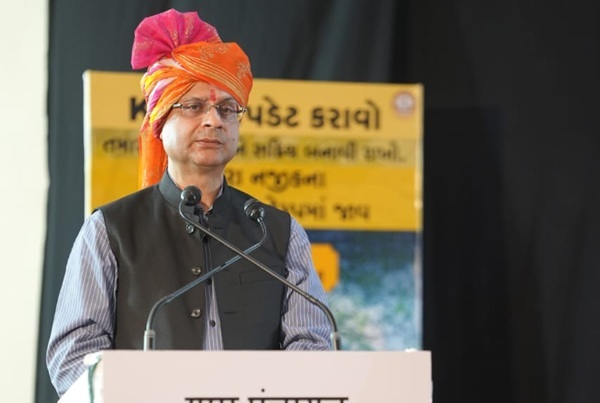.png)
No Matter What MPC Does, RBI Communication has to do Some Heavy Lifting
RBI’s biggest challenge is not what it does on rates, but how it explains the why, why not and what next to markets and the wider economy.

Mint Owl tracks markets and policy with a steady eye, offering clear analysis on the choices shaping India’s economy and financial system.
September 30, 2025 at 12:34 PM IST
The Reserve Bank of India has already done more on monetary policy than most expected this year. Repo rate cuts, a surprise reduction in the cash reserve ratio, and liquidity support should have given it room to wait for transmission to play out. Instead, the central bank once again faces a familiar problem: the disconnect between its intent and how markets interpret it.
The June policy review underlined this gap. A sizeable repo rate reduction and an unprecedented CRR cut were overshadowed by the shift in stance from accommodative to neutral. Market commentary focused more on the change of wording than on the scale of easing. Yields stayed elevated, and the message of support for growth was lost in translation. The paradox is telling: the RBI’s actions were bold, but its communication diluted their impact.
This misalignment matters because transmission is not only about liquidity conditions and bank pricing; it is also about expectations. When markets remain unconvinced, even aggressive easing can appear tentative. The fact that bond yields have drifted higher since June despite front-loaded cuts shows that signalling has lagged behind policy. The RBI does not just need to act; it needs to make sure its actions are understood.
Echo Chamber
Other regulators have experimented with open consultations, digital platforms, and structured outreach to capture diverse voices. The RBI could consider similar approaches for monetary policy. Even if it does not invite everyone to the table, creating channels for broader inputs would help it sense how its messages are landing beyond the familiar core of analysts and dealers.
Good communication does not mean being verbose. It means being clear about the “why,” the “why not,” and the “what next.” Central banks often pre-empt reactions by preparing the ground with carefully chosen words. Sometimes a well-pitched explanation can make a contentious policy acceptable. At other times, communication itself can deliver the jolt that actions alone may not.
On October 1, markets will debate the usual options before the Monetary Policy Committee — cut, pause, or lean dovish. But the lasting impact will depend less on which lever is pulled and more on how the decision is explained. Sanjay Malhotra’s challenge is not simply to manage interest rates. It is to align intent with reception, and to ensure that what the RBI does is heard as clearly as what it says.



